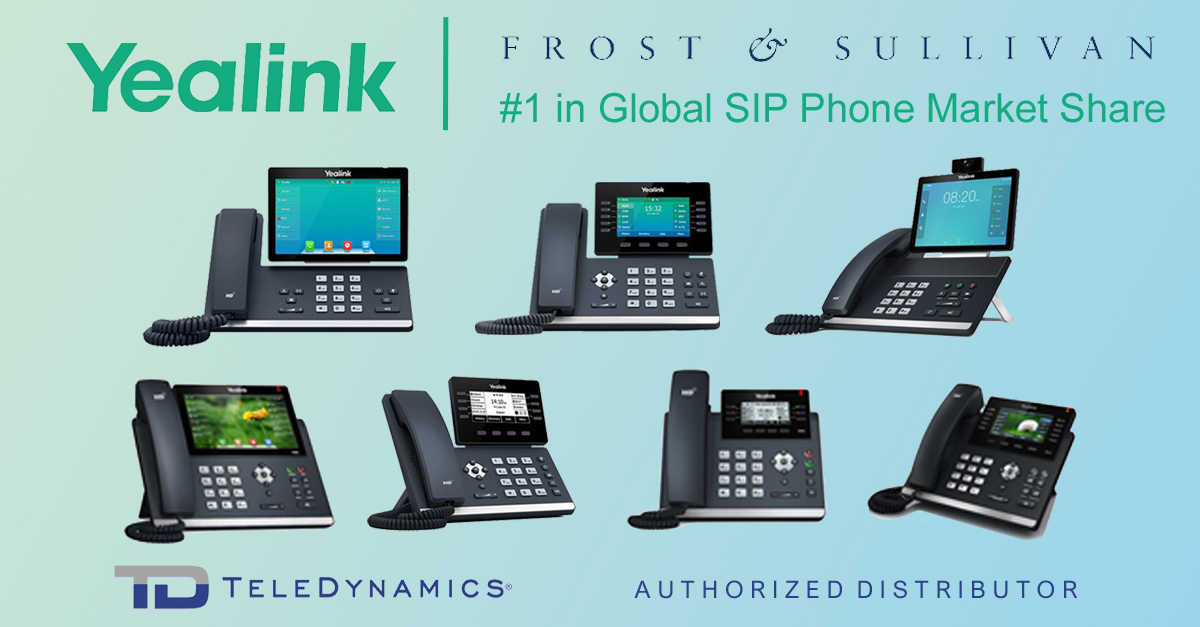Now that working from home and dispersed workforces have become the new norm, connecting employees’ or company-issued smartphones to the enterprise IP PBX offers several advantages, including the ability to reach employees via their direct inward dial (DID) landline numbers, even though they are physically off-premise.
The technology that enables this is called VoIP over cellular data networks. In this article we detail how to enable it, the advantages of doing so and some potential issues to watch out for.
Read More
Topics:
OTT VOIP,
IP PBX,
Business Telephone System,
VoIP,
Mobility (including remote work),
Mobile,
Wi-Fi,
Unified Communications
When researching options for upgrading your telephony network or installing one from scratch, you may have come across FreeSWITCH. This is a freely available open-source application server for real-time voice communications of various types, including voice over IP (VoIP). In this article we examine FreeSWITCH to help you determine if it is right for you, and how it compares with Asterisk.
Read More
Topics:
IP PBX,
Business Telephone System,
VoIP,
Unified Communications,
Protocols & codecs
Yealink announced that it has topped the list of SIP phone manufacturers with a 29.5% market share in 2019, giving it the number-one spot for the third year in a row, according to the latest Global Enterprise Communications Platforms and Endpoints Market report by Frost & Sullivan. In this article, we look at the products and innovations that have earned Yealink this coveted ranking.
Read More
Topics:
Business Telephone System,
SIP,
Yealink,
News
Telecommunications networks will always be targets of malicious attacks. One of the most vulnerable components of a telephony network may not be the technology, but people. Rather than targeting the phone system or data network, many attackers focus their fraudulent activities on the users themselves. In this article, we take a look at some of the most common telephony scams out there today, so you can be aware of them and do your part to protect your employees and your company from them.
Read More
Topics:
Business Telephone System,
Network Security
As we celebrate Shark Week this week, we are reminded of the proverbial sharks faced by network engineers in the form of security breaches and technical issues. TeleDynamics has created a collection of resources to help you troubleshoot audio problems, secure your network, protect your telephone system from hackers, analyze voice packets, and more. In this article, we offer a compilation of some of our most popular resources, so you’ll have them handy. For each listing below, click on the blue heading to read the full article.
Read More
Topics:
Business Telephone System,
VoIP,
Network Security,
Troubleshooting
While working remotely has been on the rise for more than a decade, the trend accelerated geometrically amidst the COVID-19 pandemic. As a result, telecom vendors and service providers are scrambling to satisfy the increased demand for remote collaboration services.
Luckily, technology is also moving fast to keep up. In this article, we review a new connector available in Microsoft AppSource that allows all Yeastar IP PBXs to fully integrate with Microsoft Teams, the software giant’s unified collaboration platform. This allows communications between dispersed team members to be even more seamless and efficient.
Read More
Topics:
Customer Service,
IP PBX,
Business Telephone System,
Total Voice Solution,
Software Integration,
Productivity,
Yeastar,
Unified Communications
When we think about network security, the telephone network is often overlooked as a target by attackers. One of the most common forms of attack on a telephony network is what is known as toll fraud. The Communications Fraud Control Association (CFCA) reports that in 2019, toll fraud caused US$28.3 billion globally in losses, corresponding to 1.74% of global telecom revenues.1 In this article, we look at how toll fraud affects both conventional telephony and modern VoIP systems, and what you can do to protect your business.
Read More
Topics:
Business Telephone System,
Network Security
Telephony denial of service (TDoS) is a type of cyberattack that can be used to disable telephony systems. Similar in concept to a typical data network DoS (denial of service), its purpose is to deny users access to a particular telephony service. In this article, we discuss how TDoS attacks are conducted and what measures you and your telco can take to protect your systems.
Read More
Topics:
Business Telephone System,
Network Security,
Business Continuity
Artificial intelligence is affecting every area of our life, and is increasingly playing a role in all types of technological developments. Business telephone systems are no exception. In this article, we take a look at how AI can enhance your call center technology.
Read More
Topics:
Customer Service,
Business Telephone System,
Total Voice Solution,
Software Integration,
Trends,
Productivity,
Unified Communications
In uncertain or unfamiliar times such as these, customers tend to call companies more than usual to get answers to their questions. Advanced technologies can significantly improve the caller’s experience, provided they are used appropriately. Last week, we looked at best practices in call center design. In this article, we examine speech recognition and how it should (and should not) be used to add value, efficiency, and effectiveness to your contact center procedures.
Read More
Topics:
Customer Service,
Business Telephone System,
Software Integration,
Trends,
Productivity,
Unified Communications

















